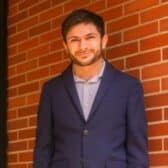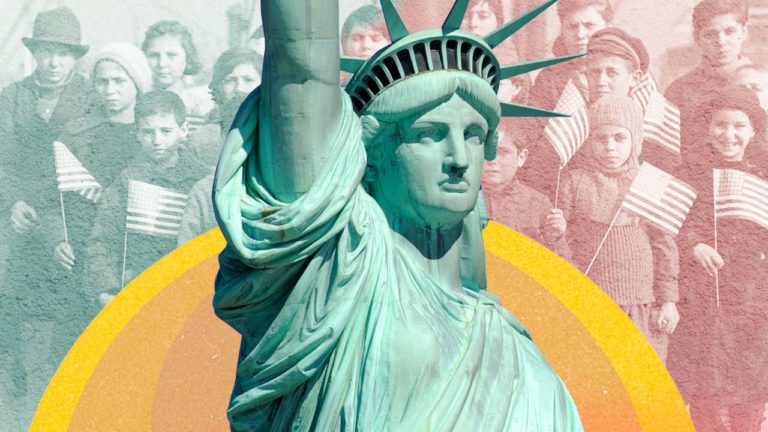
An estimated 3.5 million Jews have immigrated to the United States since the 1600s. Now, nearly 7.7 million Jews call the U.S. home – and 6.5 million of them live in one of the original 13 colonies, Washington D.C., Florida, or California.
The U.S. is a massive, 3.53 million square mile landmass with 50 states spanning six time zones, but almost 85% of its Jews are located along the Atlantic Ocean or in California. Why has this happened?
We must retrieve the answer from the past.
Early Jewish settlements
The first Jews arrived to the New World in the 1500s, but the first Jewish settlement was established in 1654. Twenty-three Spanish and Portuguese refugees of the Inquisition who had previously escaped to Recife, Brazil, sought greener pastures in New Amsterdam, the metropolis later renamed New York City.
It was not easy. Acceptance was limited, and life was difficult. But it was a start. The Jewish population steadily grew — in numbers and stature — acquiring land, becoming merchants, and aiding the British in the French and Indian War. The New Amsterdam settlement laid the way for Jews to spread. Trade along the Delaware River brought Jewish communities to Philadelphia. Though colonial Jews often didn’t live in states like Delaware, New Jersey, and Maryland, commerce brought them through these areas.
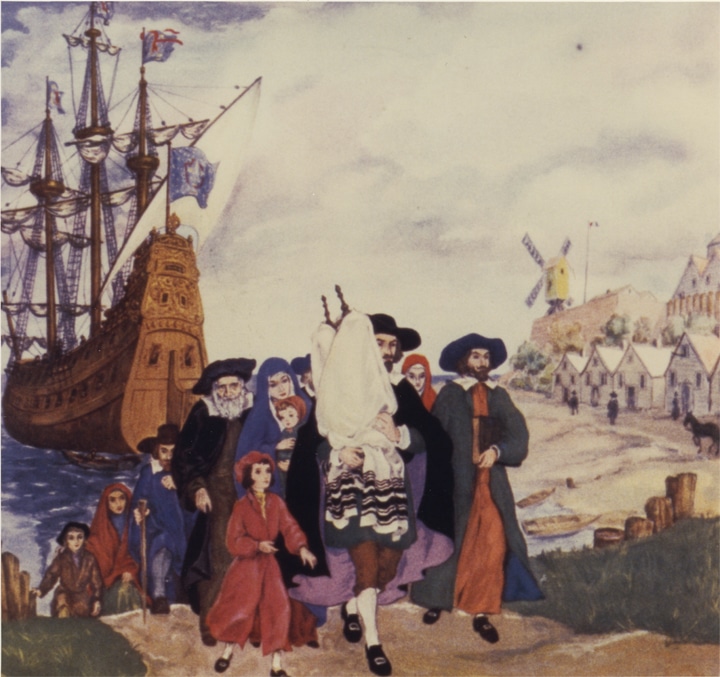
Jewish enclaves sprouted up in the South, too. Joachim Gans, a metallurgist from Prague, accompanied Sir Walter Raleigh in his attempted Roanoke Colony in 1585 and became the first practicing Jew to step foot on North American soil. More Jews followed in his footsteps, and Virginia became one of the tolerant places to be Jewish in the world, context considered.
Meanwhile just to Virginia’s south, the colony of Carolina was a relative safe haven for Jewish people. John Locke drafted a provision in Carolina’s Fundamental Constitution of 1669 that specifically named Jews among the people promised freedom of worship. It was never endorsed into law, but its existence at all was a sign of the tolerance the colony exhibited. This paved the way for Sephardic Jews fleeing the Inquisition to come to the land.
Massive migration to the East Coast
In 1820, the Jewish population of America was about 3,000. Thirty years later, it was 250,000.
Most of the Jews in the U.S. through the 1700s were of Sephardic descent. As antisemitic sentiments and violence against Jews spread wider across Europe in the mid-1800s, Ashkenazi Jews needed a way out. They characterized the wave of Jews who came to America over the next 100 years.
These Central European, often German-speaking immigrants led the charge for Jewish people to leave the coasts. They saw opportunity in peddling, and it became a notoriously Jewish profession. This brought about the first Jewish migration within the U.S. and is the reason for Jews can be found all throughout the country. It’s also what first sent Jews to California – during the gold rush of 1848-49, the soon-to-be state had 19 Jewish communities and five synagogues for them.
Germany’s unification in 1871 slowed down the Jewish immigration from there, but pogroms and antisemitism in Eastern Europe took off around the same time. The U.S. was seen as the land of opportunity, freedom, and safety. From 1880 to 1924, two million Russian, Austro-Hungarian, Romanian, and other Eastern European Jews traversed the pond for the U.S.
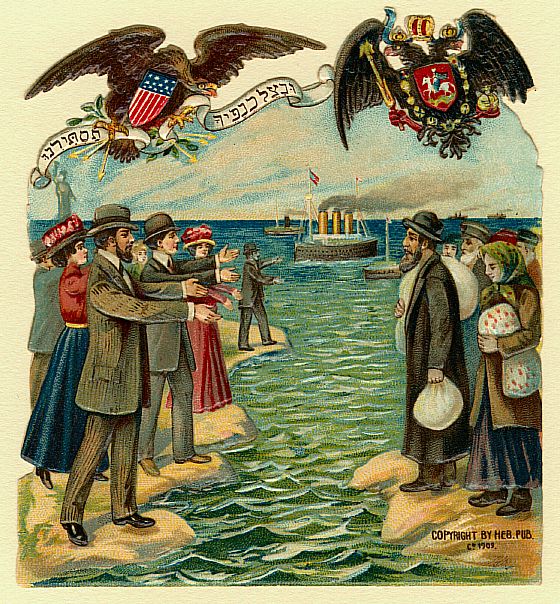
This migration of Jews, the largest in U.S. history, didn’t offer the same conditions as for past Jewish immigrants. By the time these Yiddish speakers showed up, the peddling that the German speakers clung to wasn’t what it once was. The frontier was much more settled than decades before. These new generations of American Jews had to find something else.
The garment industry, food services, and art became popular among these new immigrants. Clothing and food are more needed in more populous areas, which are the East and West Coasts, particularly the Northeast and Mid-Atlantic. The nation’s art centers are also on the coasts, with New York and Los Angeles serving as the forebears of American entertainment, music, and culture. Add in the original Jewish foundations laid in places like New York, Philadelphia, and Washington D.C., and they became natural hubs for Jewish activity.
This phenomenon also explains the general trend of American Jews living in metropolitan areas. During the Yiddish-speaking period of Jewish immigration to America, Chicago experienced a boom in Jewish population that has remained today. But in the same self-fulfilling cycle, most of America’s largest population nodes – especially at the time of mass Jewish infusion – are within the Northeast Corridor.
California
The Golden State is a great exception. While the Atlantic Coast is a hotbed for Jewish Americans, California has convinced more than 1.2 million Jews to live within its borders in 2024. New York is the only state with a larger Jewish population.=
Jewish history in California began with the gold rush in the mid-1850s. Over the next few decades, San Francisco became a favorite of California Jews. Some had great business success in the area, and it helped solidify a strong Jewish stake in the city that increased as some immigrants from the Eastern Europe wave were attracted to join.
Los Angeles did not experience a major uptick in Jewish population until the 1920s when some of the Jewish immigrants who started on the East Coast decided to try their luck out west. Even as Jews largely stopped coming to the United States, more continued to come to L.A.
Things really changed after World War II. The city became more attractive for Jewish Americans as Hollywood ballooned in opportunity. Many of the most famous movie production companies today have Jewish roots, mostly founded by children of the Ashkenazi immigrants who came to America in the preceding decades. Jews in Hollywood didn’t face the same discrimination as they did in many other American regions and industries. This made Los Angeles and its surrounding areas a natural fit for domestic and foreign migration.

Florida
There was not a strong Jewish population in Florida until the middle of the 20th century, in large part due to antisemitism. Jacksonville was the initial hub, but as Miami started to gain a reputation for economic opportunity, many Jews headed to the state’s south.
The post-World War II landscape made South Florida make sense for many Jews – beautiful beaches, changing cultural attitudes, and an economy rife with possibilities sounded pretty good. Plus, air conditioning made the swampy conditions bearable. Many of the Jewish Latin American immigrants who came to the United States in the 1900s settled in or around Miami, too, further bolstering the state’s Jewish numbers.
Florida, especially its south, has been a haven for Jewish retirees for decades now with little signs of a slowdown. The Sunshine State possesses the nation’s third-highest Jewish population: about 750,000.
Further concentration
As Eastern Europe Ashkenazim mostly shacked up in America’s largest cities, their children followed suit. Most Jewish people in America now are descendants of the Yiddish-speaking wave that arrived in America between 1880 and 1924, and they have continued to concentrate in the areas their ancestors chose.
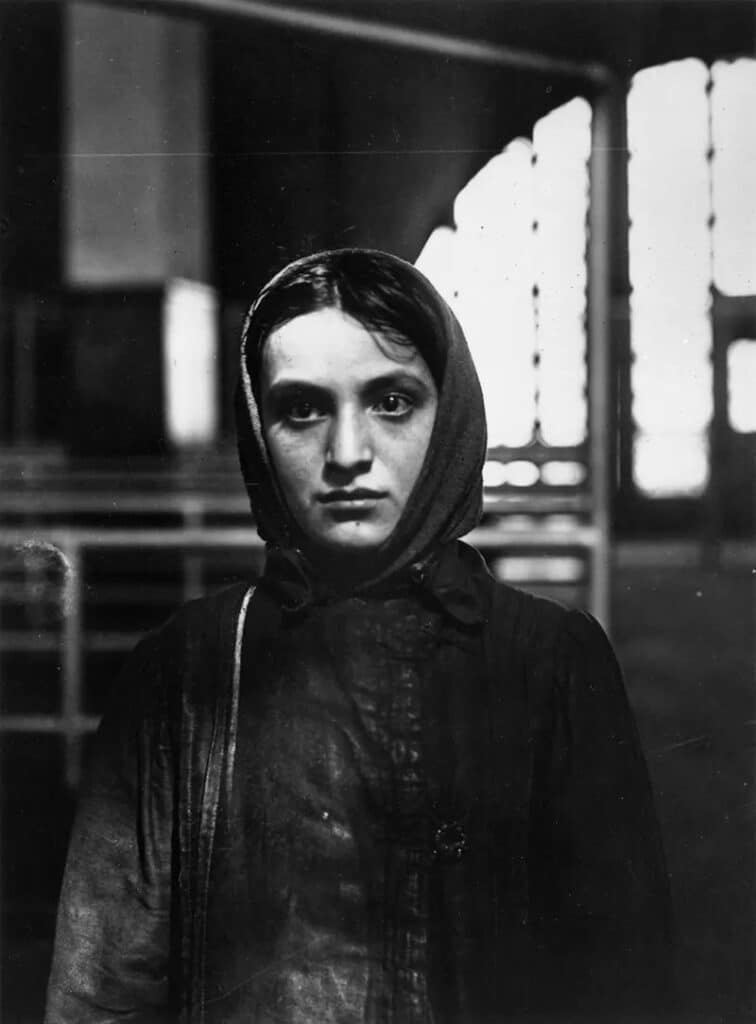
The Immigration Act of 1924 greatly reduced the flow of immigrants who had been pouring into the nation for decades prior. Ethnic-based quotas were enacted. Eastern European nationalities – where most of the world’s Jews lived at that point – saw their available visas plummet. As a result, Eastern European Jews looking for a way out turned to British mandate Palestine, the fuel behind the Fourth Aliyah. The founding of Israel in 1948 ate away at Jewish immigration to the U.S., which didn’t open its doors wider to Jewish immigrants until after World War II.
American immigration experienced an overhaul in 1965, and it allowed the next sizable waves of Jewish people to the nation. Between 60,000 and 80,000 Persian Jews came in the aftermath of the 1979 Iranian Revolution. Roughly 500,000 Jews from the former Soviet Union moved in after the USSR collapsed. Somewhere around 12,000 South African Jews immigrated to the U.S. during and following apartheid.
None of these influxes have tipped the scales toward domestic migration, though. Jewish immigrants post-1924 have followed the trends of the Yiddish speakers before them, otherwise branching out to Florida and Arizona, mostly in their golden years. The robust Jewish communities that now have decades or centuries of history behind them make them sensible destinations for Jews in the U.S., new and old.
